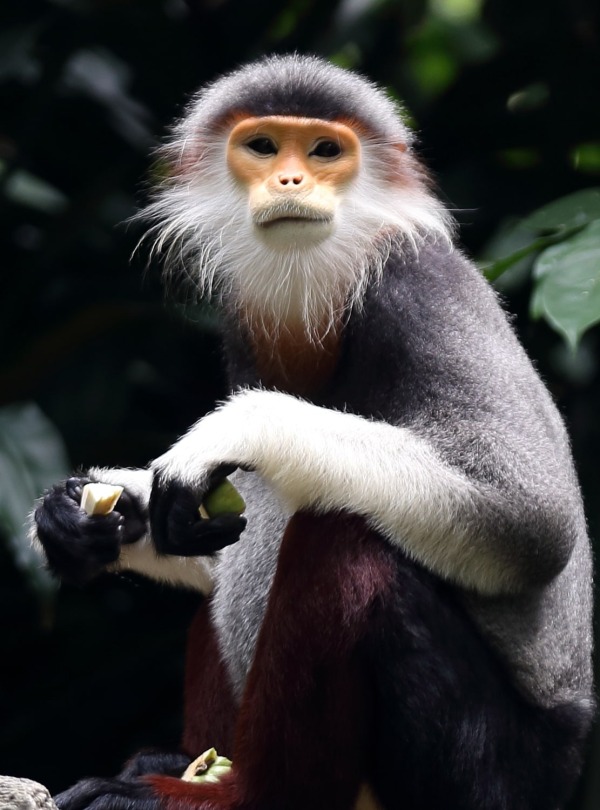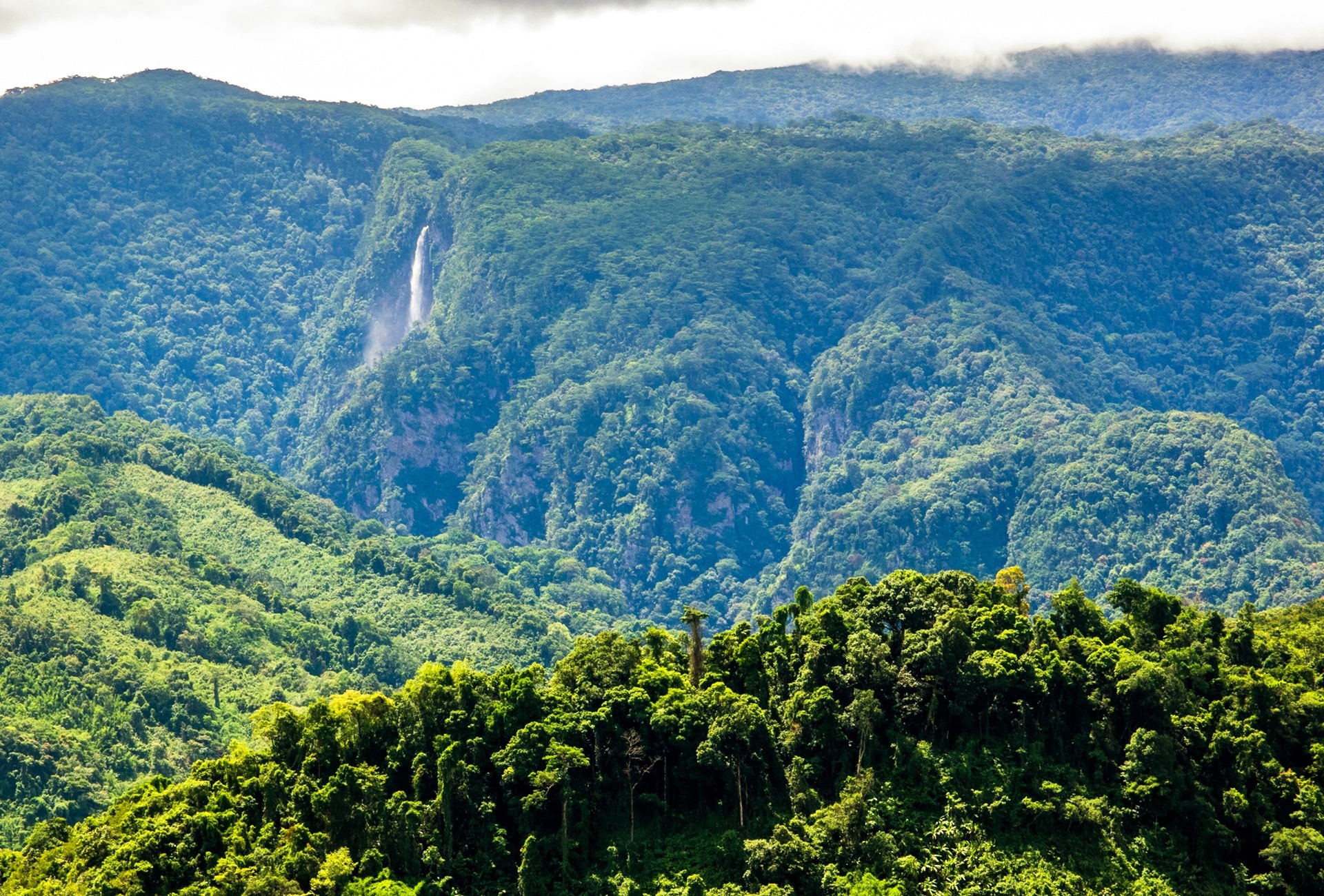
Protect the Rare and Elusive “Asian Unicorn”
Support more work like thisSupport more work like thisAmong the many mammals living in the Annamite Mountains is the rare and elusive Saola, also known as the “Asian Unicorn.”
-
Species at Risk
Saola (CR), Large-antlered Muntjac (CR), Red-shanked Douc Langur (CR), Vietnamese Crested Argus (CR), Owston’s Civet (EN), Dhole (EN), Northern Yellow-cheeked Crested Gibbon (EN), Greater Slow Loris (EN)
-
Carbon stored
15,662,722 mT*
*(metric tons of CO2 equivalents) -
Partner
World Wide Fund for Nature-Laos
-
120,632 Proposed Acres Conserved by
Designation
-
Project Cost: $1,513,514
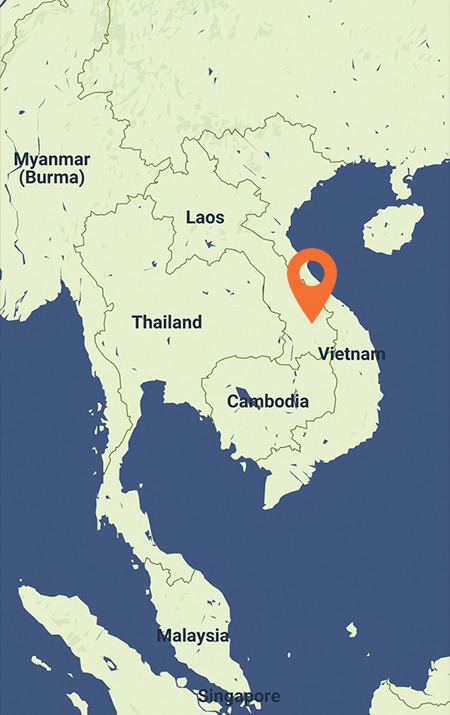
120,632
Among the many mammals living in the Annamite Mountains is the rare and elusive Saola, also known as the “Asian Unicorn.”
-
Species at Risk
Saola (CR), Large-antlered Muntjac (CR), Red-shanked Douc Langur (CR), Vietnamese Crested Argus (CR), Owston’s Civet (EN), Dhole (EN), Northern Yellow-cheeked Crested Gibbon (EN), Greater Slow Loris (EN)
-
Carbon stored
15,662,722 mT*
*(metric tons of CO2 equivalents) -
Partner
World Wide Fund for Nature-Laos
-
120,632 Proposed Acres Conserved by
Designation
-
Project Cost: £1,096,749

120,632
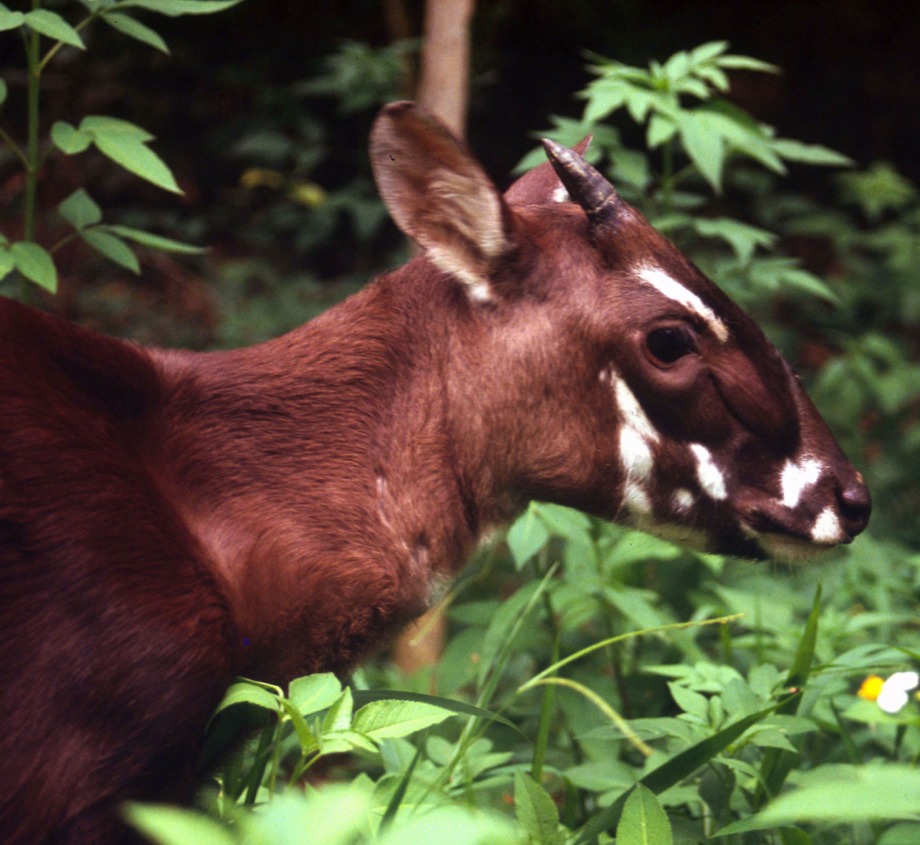
Project Update
Thanks to our donors and our partner on the ground, WWF-Laos, we are happy to announce the protection of 120,632 acres. This is 102% of the originally planned 118,221 acres—increasing the total area of Xesap National Park to 499,894 acres, and upgrading this National Protected Area to a National Park.
The lush Annamite Mountains spanning the Laos-Vietnam border in Southeast Asia are rich in beauty and diversity. But this habitat, and the rare wildlife found here, are imperiled by slash-and-burn agriculture, gold mining and illegal logging.
Among the many mammals living here are the rare and elusive Critically Endangered Saola, also known as the “Asian Unicorn.” Discovered in 1992, it is the first large mammal new to science in over 50 years. In September 2013, an adult Saola was photographed by a camera trap in the Hue-Quang Nam landscape of Vietnam, directly across the border from Xe Sap National Protected Area.
Xe Sap National Protected Area extending across the Central Annamite Mountains is a biodiverse treasure in the heart of the Indo-Burma hotspot. This moist forest ecoregion shelters some of the world’s highest concentrations of endemic species. In addition to the Saola (CR), other threatened species here include the Large-antlered Muntjac (CR), Red-shanked Douc Langur (CR), Vietnamese Crested Argus (CR), Owston’s Civet (EN), Dhole (EN), Northern Yellow-cheeked Crested Gibbon (EN) and the Greater Slow Loris (EN).
(Header photo: Waterfall in Xe Sap, Laos, by Thomas Calame)
Did you know?
metric tons of CO2 equivalents will be stored here
Explore Laos' Annamite Range
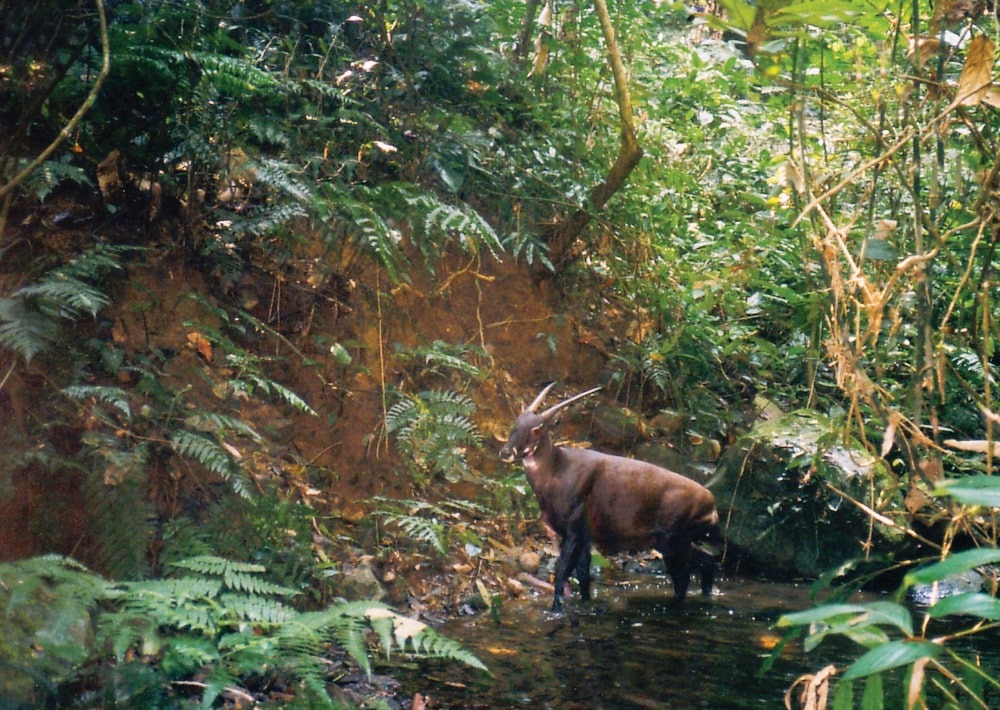
The elusive Saola or "Asian Unicorn", by Bill Robichaud
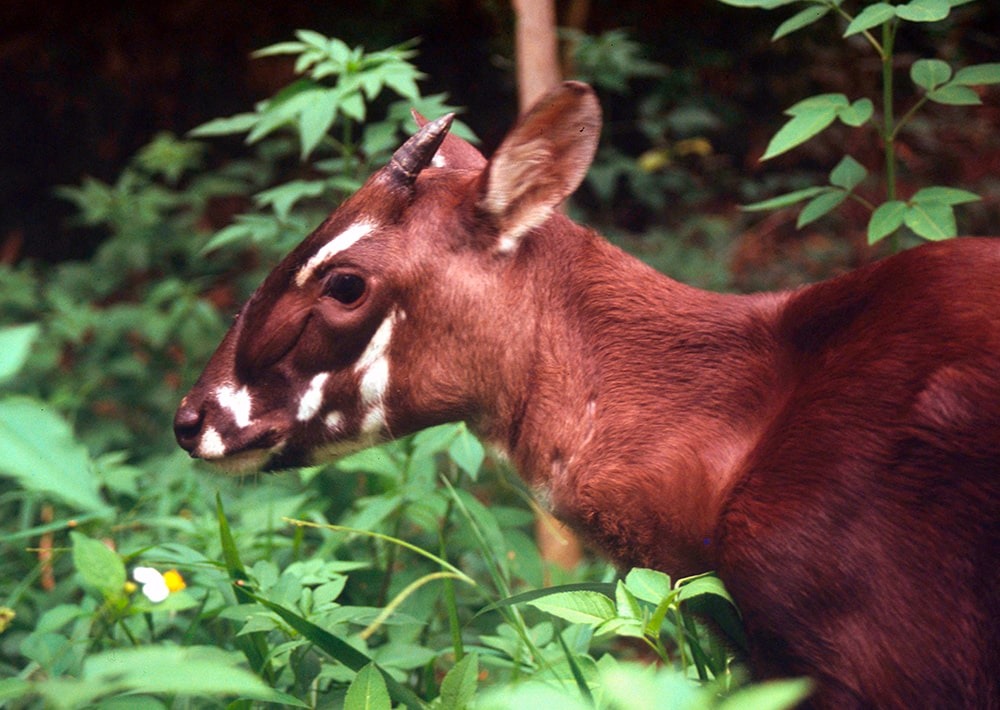
The elusive and Critically Endangered Saola, by David Hulse/WWF-Laos
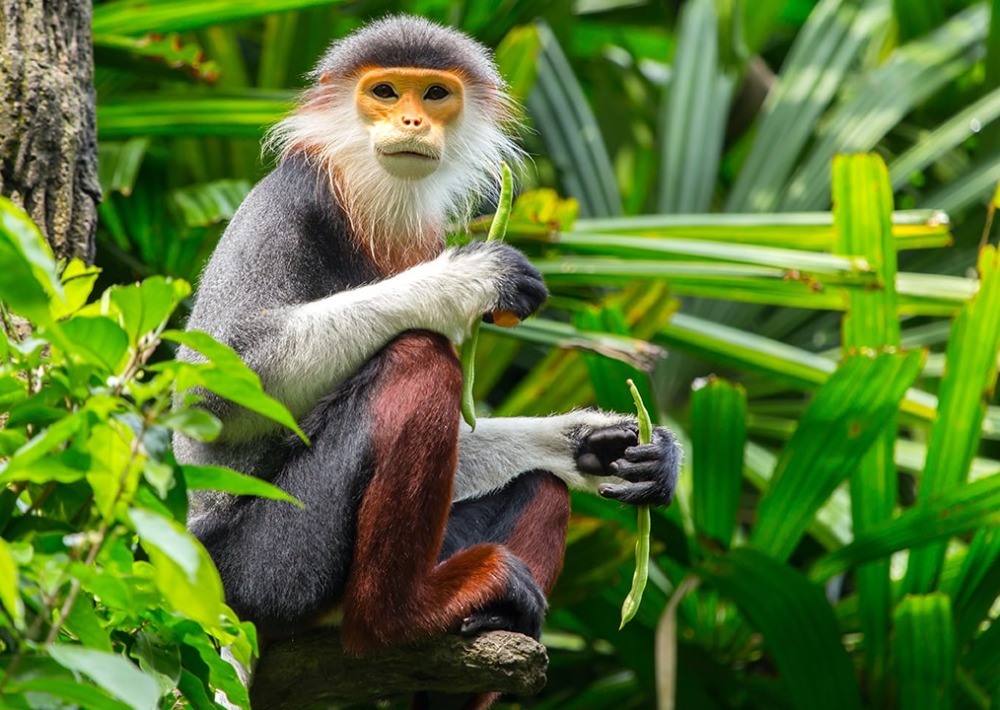
Red-shanked Douc Langur, by nattanan726/shutterstock
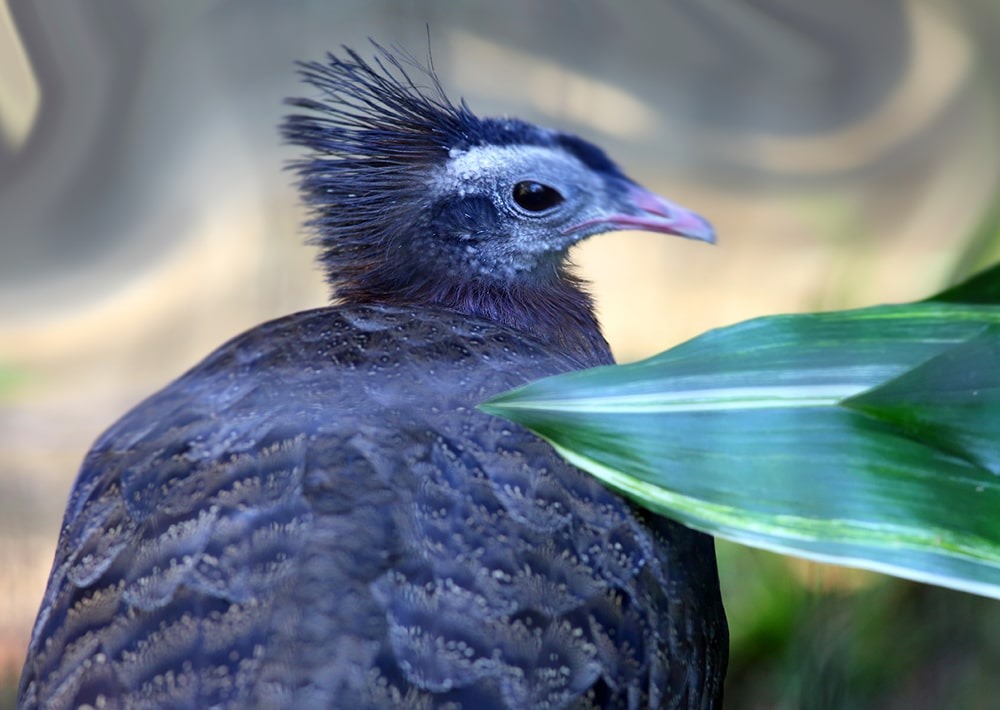
The Crested Argus, by Feather Collector/shutterstock
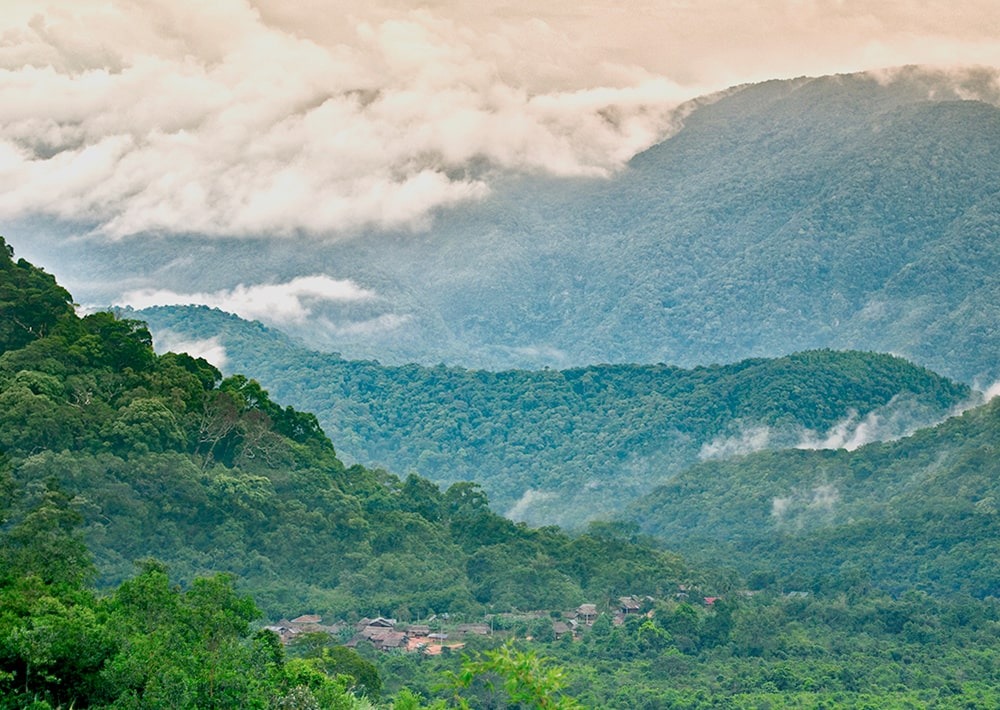
Target Villages in Xe Sap NPA, Laos, by Adam Oswell/WWF-Laos
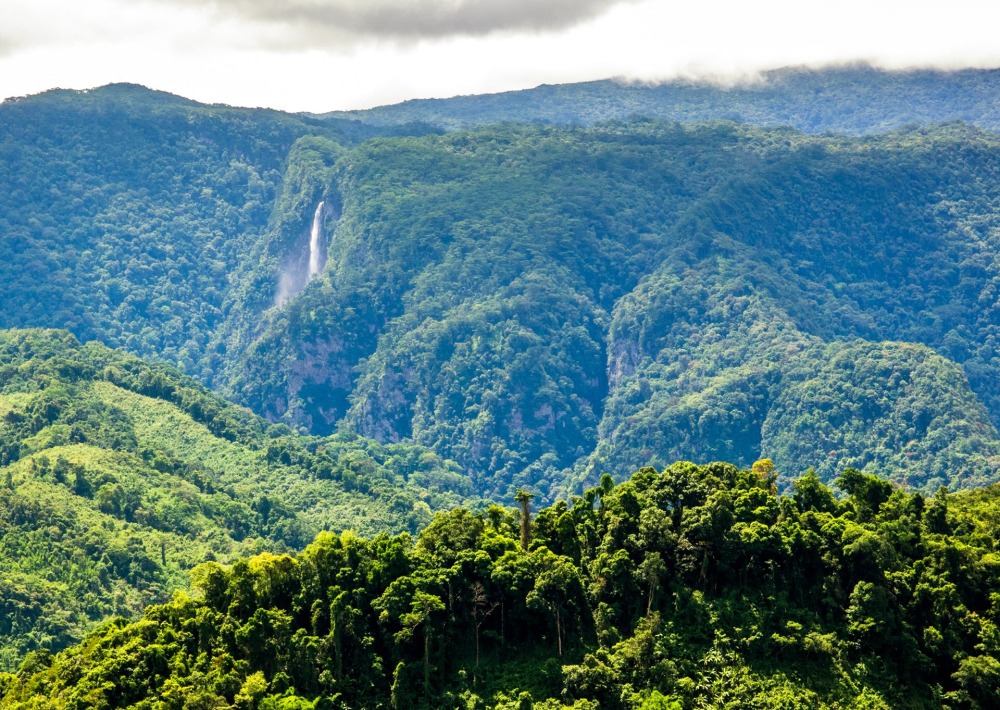
Waterfall in Xe Sap, Laos, by Thomas Calame
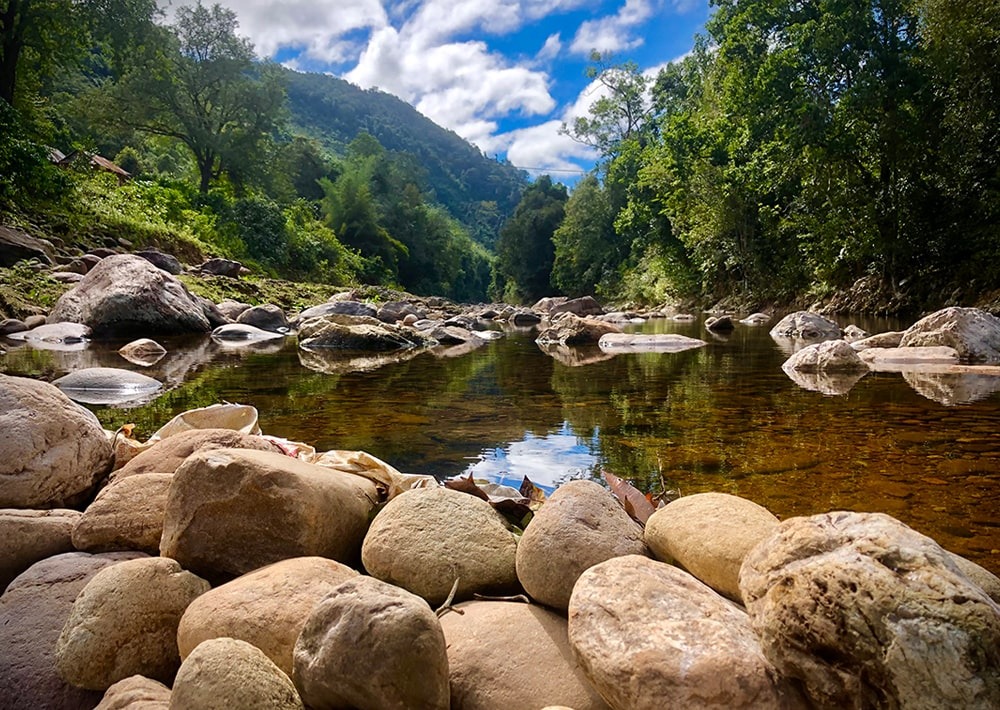
River in Xe Sap NPA, Laos, by Bounpone/WWF-Laos
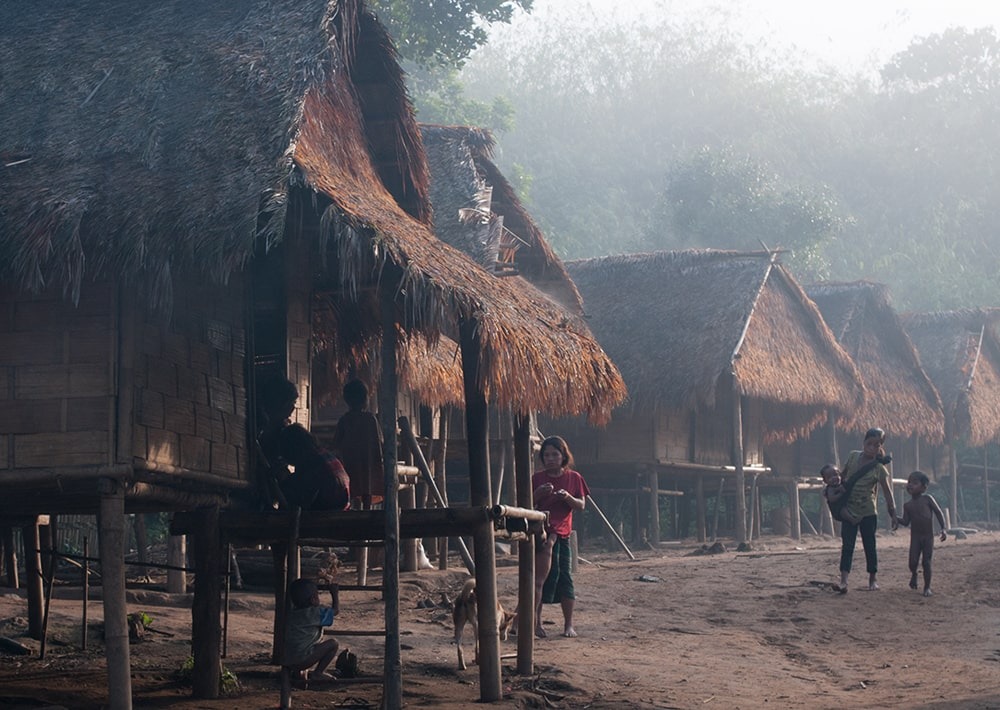
Village by Xe Sap in Laos, by Thomas Calame
Save Habitat for the Elusive Saola and Large-Antlered Muntjac
Probably no more than a few hundred Saola—the “Asian Unicorn”—still survive, but this proposed expansion will give this near-mythic animal every chance to roam between Xe Sap and protected areas in Vietnam, including the Sao La Nature Reserve, the site of the most recent camera-trap image of the Saola. Surveys conducted by WWF-Laos indicate that the Critically Endangered Large-antlered Muntjac may still be present in the Xe Sap area.
Rainforest Trust and our partner, WWF-Laos plan to safeguard 118,221 acres to expand the 377,000-acre Xe Sap National Protected Area. Once protected, these acres will increase this contiguous, high-integrity forest habitat for species and safely store 15,662,722 mT of CO₂ equivalents.
In 2021, Rainforest Trust protected another 133,098 acres of vital habitat in the Annamites for the Saola, in the Upper Xe Bang Fai-Laos Key Biodiversity Area, not far from Xe Sap National Protected Area.
Protect Vulnerable Species From the Ravages of Snaring
Deadly snaring practices, combined with habitat loss, are putting many large mammals, including elephants, tigers and rhinos, at the brink of extinction. Made of wire or rope, snares capture the animal as it steps through the loop and traps it, tied to a tree, waiting for the hunter to return.
Large, charismatic species—trapped for both local consumption and the illegal wildlife trade—are at great risk of local, and global, extinction from snaring. Those at the highest risk include Saola (CR), Large-antlered Muntjac (CR), Sun Bear (VU) and the Vietnamese Crested Argus (CR), a large, heavily bodied, ground-feeding bird species particularly vulnerable to snaring.
Our partner has developed a program focusing on income-generating ideas and start-up support for residents who live in communities surrounding the protected area. The program provides training and small financial loans to start new businesses or improve agricultural practices so they are more sustainable. Sustainable natural resources commonly harvested and sold include wild honey, mushrooms, broom grass, bamboo, rattan and ginger. Our partner will also engage with the community to participate in robust monitoring and patrolling activities in this area, once protected.
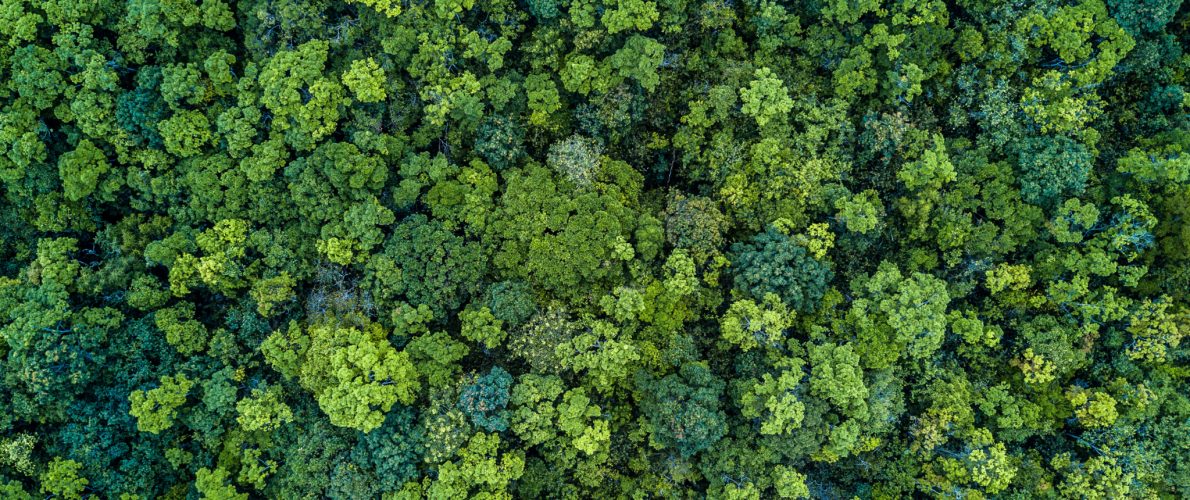
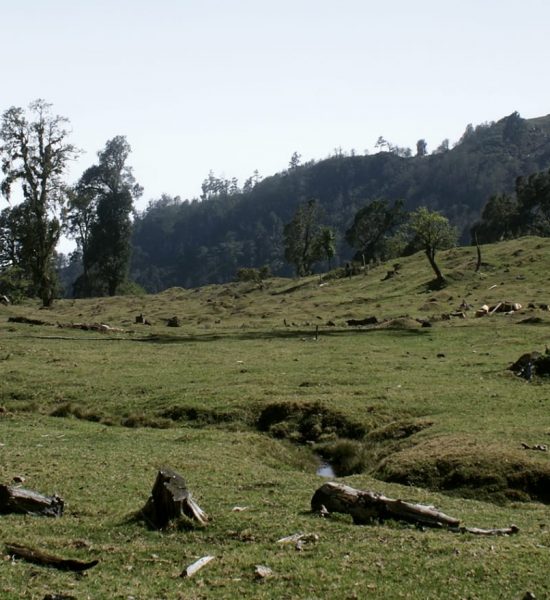

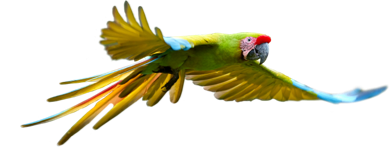
We Value Transparency.
Conservation work is critical, challenging, and can be costly. We work hard to ensure we raise only the funds needed for each project. In the rare case we raise more money than needed or a project comes in under budget, excess monies will be transferred to the Conservation Action Fund. This fund supports our important conservation work throughout the tropics.
Learn more about the Conservation Action FundLearn more about the Conservation Action Fund
Partnering to Save Rainforest
Our partners’ ability to work with their governments and build strong connections with local communities ensures the successful implementation of our projects.
Learn More About This PartnerLearn More About This Partner
